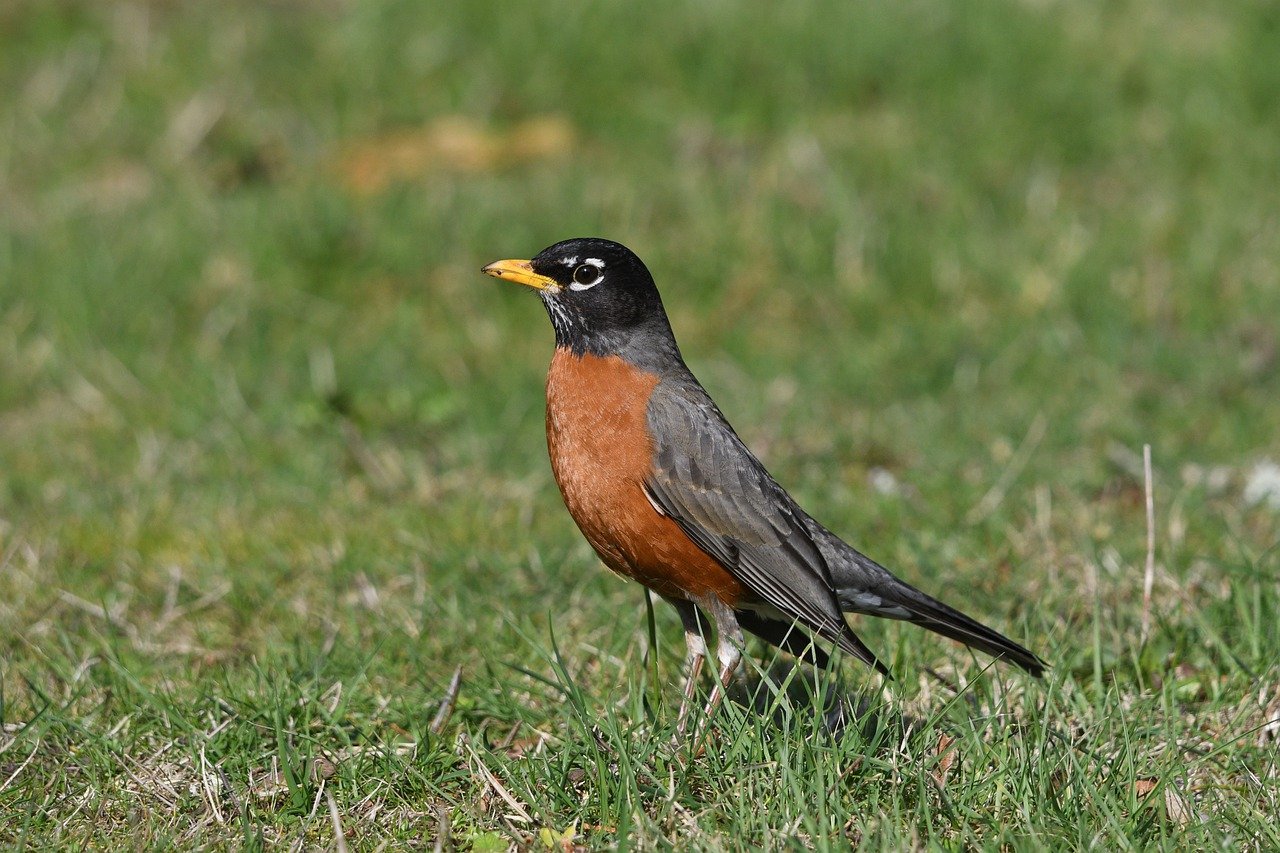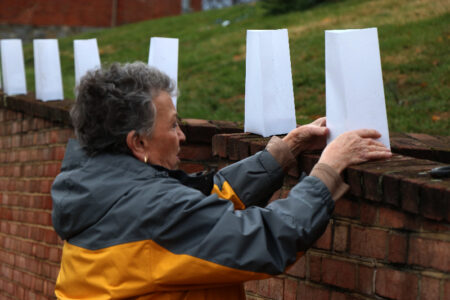HARRISBURG- People from all around the world celebrate the holiday spirit in many different ways: attending family gatherings, Christmas caroling, baking tasty treats, and building snowmen. For the wildlife enthusiasts and bird nerds out there, another marker the holiday season is upon us is the Christmas Bird Count (CBC).
Facilitated by the National Audubon Society for over 120 years, the CBC is one of the world’s longest-running community science projects and wildlife censuses. The count occurs every year from December 14 to January 5, drawing tens of thousands of bird-loving volunteers. Each count takes place in an established 15-mile diameter circle and is organized by a count compiler. Count volunteers follow specified routes, counting every bird they see or hear all day.
Participants range from expert ornithologists to beginning birders, following established protocols to ensure consistent data collection. Data from all the counts is compiled and allows researchers, conservation biologists, and wildlife agencies to study the long-term health and status of bird populations across North America.
The Christmas Bird Count began on Christmas Day in 1900, following one man’s growing concern over a long-standing hunting tradition. A competition among families – known as the Christmas Side Hunt – had hunters running afield, armed and ready to see who could kill the most birds.
Ornithologist and early Audubon officer Frank Chapman was one among many who were becoming increasingly concerned with declining bird populations. So, he proposed a new holiday: a Christmas Bird Census that would count the birds during the holidays, rather than hunt them.
Chapman and 27 enthusiastic birders hosted the first-ever count, occurring in 25 different locations from Canada to California, tallying up 90 different species. This new tradition caught on and offered a positive outlet during an era of market hunting when the need for wildlife conservation was becoming dire. Today, there are thousands of bird circles, across all 50 states and 20 different countries. In 2021-2022, almost 43 million birds were counted!
By this point, I’m sure you’re chomping at the bit to get outside and count some birds for yourself! For those interested in joining the CBC tradition, the process is pretty simple. Check out this map to find a circle near you. There’s no limit to how many circles you can participate in! Green and yellow circles are open to new participants, and red circles are full.
Once you click on a circle, get in touch with the circle lead listed to find out the day of the count and determine whether you will follow a route or monitor your feeder at home. After all the data for your circle is collected, it’s sent to the compiler and added to a report.
If you wish to stay up-to-date on all things CBC and other community science opportunities, sign up for American Birds, Audubon’s quarterly e-newsletter. Additionally, you can head over to the CBC Live Tracker to view photos posted by other CBC-ers and upload your own!
There are almost 90 CBC circles in Pennsylvania and high participation across the Commonwealth. Middle Creek Wildlife Management Area, or State Game Lands 46, in Lebanon and Lancaster counties falls within the Lititz CBC circle — a great opportunity for outdoor recreationists and wildlife enthusiasts alike.
Whether you’re a seasoned bird watcher or you’re looking for a point of entry into a fun, new hobby, participating in the Christmas Bird Count offers something for everyone. The CBC is a tradition that gets you outside, contributes to bird conservation, and helps develop life-long relationships among fellow birders. So, grab those binoculars, put on those hiking boots, and get to birding!
*article provided by Pennsylvania Game Commission






















